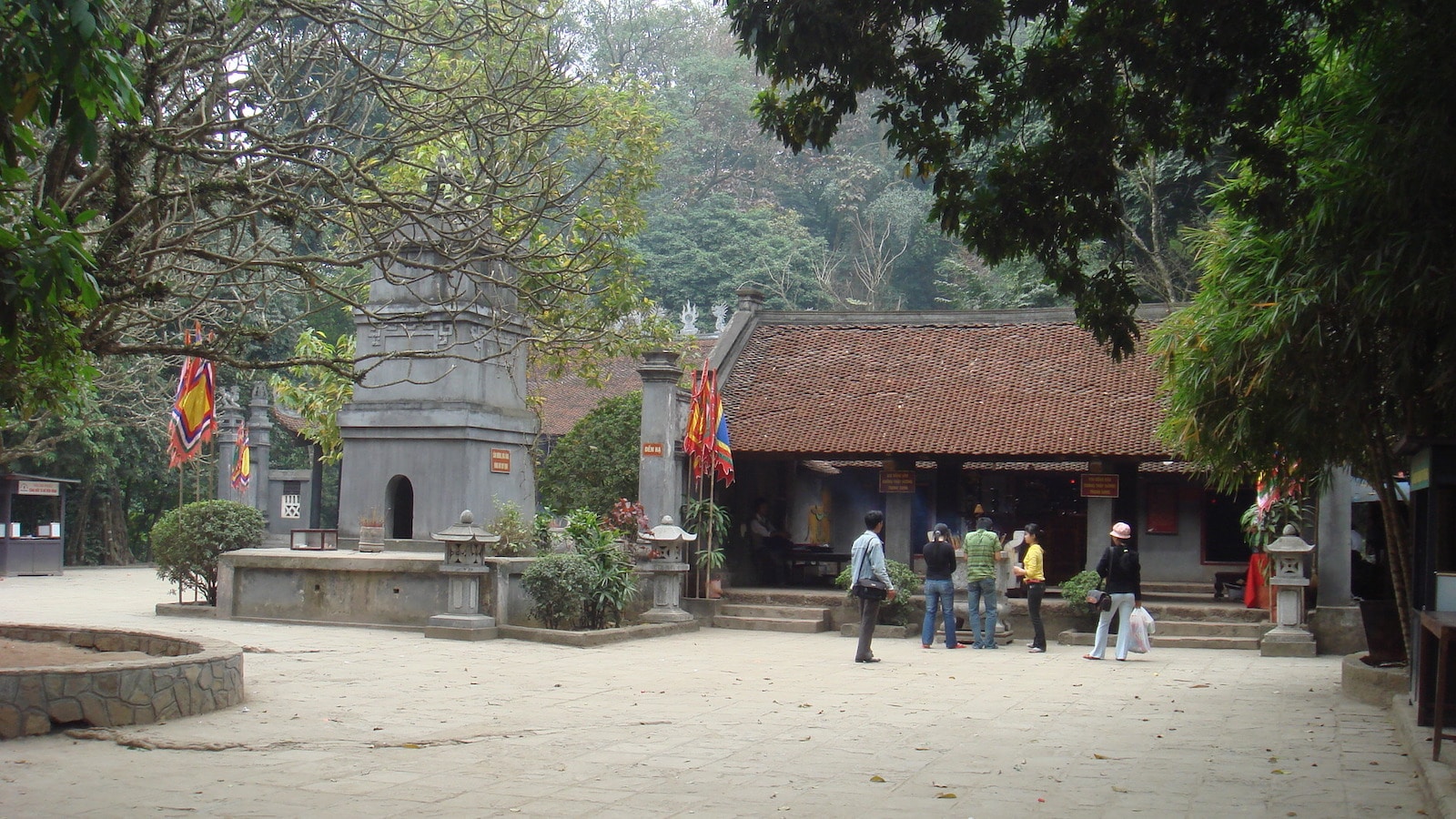Known for its dedication to the Hung Vuong Kings, the Hung Temple is set in Phu Tho Province, right by Nghia Linh Mountain. The area is about 100km/62 miles from Hanoi, making it one of northern Vietnam’s most popular day trip destinations.
Hung Temple is a part of a larger complex made up of four temples, one pagoda, a museum, and a tomb that was built and modified in the 10th and 15th centuries.
Three of the four temples were built to commemorate all of the Hung Kings, while the fourth one is dedicated to two daughters belonging to the 18th Hung King. The tomb on the grounds is thought to belong to the 6th Hung King. Visitors to the complex will be able to explore the buildings and learn more about the ancestry of the Hung family, as well as many of their notable actions.
History

Kinh Duong Vuong was the first Hung King, and he started his reign in 2879 BC, commanding much of the land in northern Vietnam and southern China. His rulership was the start of the Hong Bang Dynasty, which governed the region for 18 generations until 258 BC.
At the time, this area was called “Van Lang,” as it’s thought to be the first official Vietnamese nation. Nghia Linh Mountain was chosen for their temple because it was the highest mountain in the realm and thought of as an excellent place to pray to the gods above.
Hung Kings Temple Festival

Each year, millions of visitors travel to Phu Tho Province to witness and participate in the Hung Kings Temple Festival. This is when many Vietnamese natives, especially locals from nearby villages, join the celebration to light incense for their ancestors and pray for good weather, plentiful harvests, health, and wealth.
The most popular and most significant ceremony takes place for roughly seven days during the start of the third lunar month.
Details
Address: Unnamed Road, Hy Cương, Thành phố Việt Trì, Phú Thọ
Season: Year-round
Hours: June – October (8 am – 6 pm) | November – May (8:30 am – 5:30 pm)


 Lung Cu Flag Tower – Ha Giang Province
Lung Cu Flag Tower – Ha Giang Province